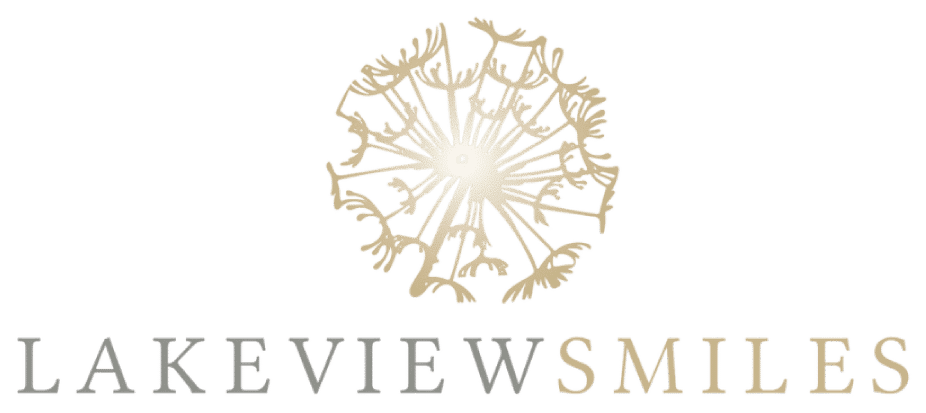The Lincoln Park Zoo, located in the heart of Chicago’s bustling cityscape, is a shining example of how urban life and the natural world can coexist peacefully. It is one of the oldest zoos in North America and was founded in 1868. It has grown into a renowned institution that encourages a strong bond between visitors and the wide variety of animals it shelters. The Lincoln Park Zoo is a prized gem in the centre of Chicago, and this essay examines its rich history, engaging displays, and educational efforts.
A Snippet of History
The history of the Lincoln Park Zoo is entwined with the growth of the city, reflecting its transformation from a modest menagerie in the Lincoln Park neighbourhood to a top-tier zoological institution. The zoo’s objective, which was initially to save endangered species, has evolved through time to encompass conservation, scientific study, and teaching.
The ancient Kovler Lion House, constructed in 1912, is one of the zoo’s most recognisable attractions. This building’s elaborate design and Beaux-Arts architecture evoke a bygone period. It serves as a moving reminder of the zoo’s steadfast dedication to protecting and promoting animal welfare.
A Multicoloured Range of Habitats
More than 200 different animal species can be found at Lincoln Park Zoo, creating a rich tapestry of variety. The Regenstein Centre for African Apes, a cutting-edge facility that houses gorillas and chimpanzees, is one of the zoo’s most prominent attractions. These wonderful creatures can be seen by visitors in naturalistic habitats that are created to resemble their original habitats, offering an immersive experience that promotes knowledge and appreciation.
Another notable feature is the Robert and Mayari Pritzker Penguin Cove. Visitors can watch the amusing antics of penguins here as they play in a beautiful aquatic habitat. These captivating birds can be seen up close as they delicately move through the water in the underwater viewing area.
Visitors to the interactive exhibit The Farm-in-the-Zoo learn about the wonders of agriculture and sustainable farming. While learning about food production and conservation, families can interact with cows, goats, chickens, and other farm animals.
The Regenstein Small Mammal-Reptile House offers a fascinating tour through the world of these frequently misunderstood animals for people who have a passion for reptiles and amphibians. With its extensive collection of reptiles, it acts as a centre for education where visitors may learn more about these important animals.
Conservation and Education
The Lincoln Park Zoo is dedicated to educating tourists about wildlife conservation and the value of conserving Earth’s biodiversity in addition to its role as a tourist attraction. The zoo offers a wide range of educational activities for kids, including animal lectures, behind-the-scenes tours, and interactive exhibits. These programmes seek to instill in visitors a sense of accountability and stewardship, motivating them to take steps to safeguard the environment.
The zoo takes part actively in international conservation initiatives. It provides support for international fieldwork and research programmes through collaborations with other organisations. The Lincoln Park Zoo’s conservation efforts go well beyond the boundaries of Chicago, from preserving endangered African penguins to researching the habits of snow leopards in Central Asia.
Community Participation
The Chicago neighbourhood has a strong connection to the Lincoln Park Zoo. It provides a variety of community outreach initiatives created to give locals access to the beauties of the natural environment. The zoo’s free entrance policy guarantees that it will always be a welcoming place where people from all backgrounds can experience nature.
With its annual ZooLights event, the zoo transforms into a mystical winter paradise over the Christmas season. Millions of dazzling lights, holiday music, and seasonal sweets are all featured in this event, which is now a treasured Chicago tradition for both locals and tourists.
Conclusion
Chicago’s Lincoln Park Zoo is more than just a place to see animals; it’s also a haven for conservation, knowledge, and amazement. It remains a great example of how zoological institutions may contribute significantly to our comprehension of the natural world and the pressing need to safeguard it as it develops and expands.
The Lincoln Park Zoo is a tribute to the enduring connection between people and animals thanks to its long history, varied collection of species, dedication to education, and commitment to conservation. It is a location where visitors can develop a close bond with the wonders of nature, fostering a sense of obligation to protect our planet’s biodiversity for future generations. The Lincoln Park Zoo fosters a love of nature that goes beyond the confines of urban life. It is more than just a zoo; it is a sanctuary for both wildlife and human creativity.
